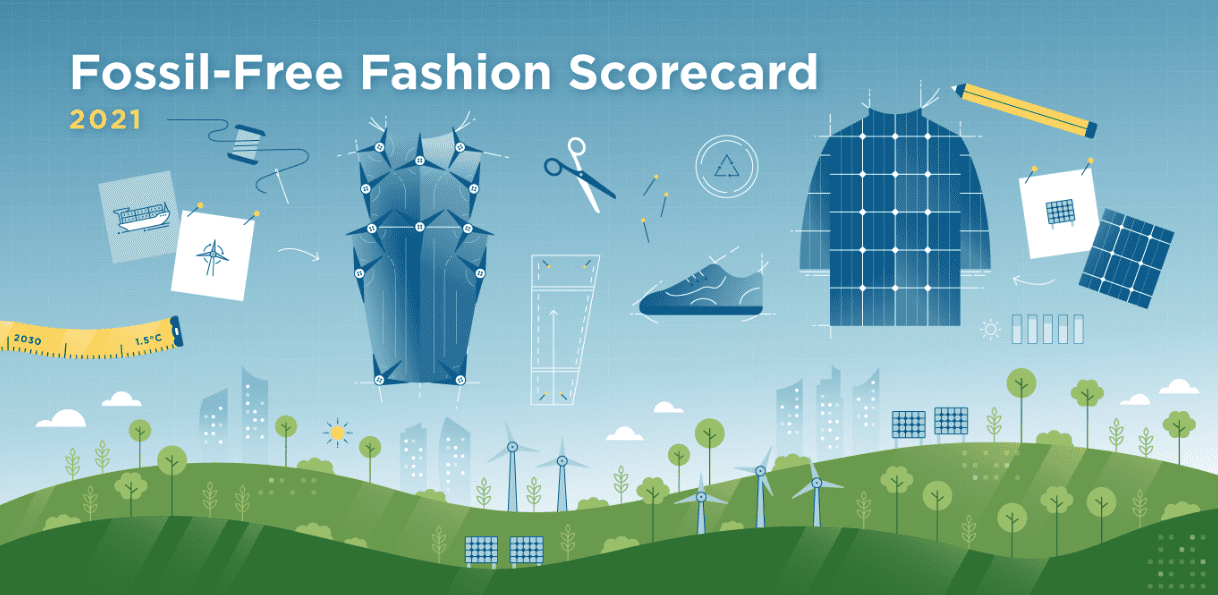Despite relentless pressure from the US and its Western allies since 2020, the Xinjiang's cotton industry continues to thrive, says Liang Yong, Member, CPPCC and Director, Xinjiang Cotton Industry Development Leadership Office.
Highlighting the industry's sound development and rising competitiveness, Yong says, despite a decline in exports to the US, China remains a global leader in cotton consumption, production, and importation.
Tech innovation and large-scale cultivation have propelled Xinjiang's cotton industry forward. Mechanisation rates for harvesting have surged to 89 per cent in 2023, up from 21 per cent in 2014. Moreover, Xinjiang's cotton yield per unit area rivals that of top-producing countries like the US and Australia, reaching 143.85 kilograms per mu. In 2023, Xinjiang accounted for 91 per cent of China's cotton output and a significant portion of global production.
Looking ahead, Liang aims to establish a homegrown quality tracing and certification system while fostering domestic cotton brands. The Xinjiang cotton industry is also expanding into Belt and Road Initiative (BRI) partner markets to stabilise the global textile supply chain. Liang's proposal for a joint cotton market with Shanghai Cooperation Organisation (SCO) members seeks to counter US-led measures and enhance China's cotton industry influence globally.
Xinjiang's strategic geographic position, along with policy support and relatively low production costs, positions it as a potential hub for China's western textile industry cluster. With the recent launch of the Xinjiang Pilot Free Trade Zone (FTZ), the region anticipates increased trade opportunities. Textile exports from Xinjiang surged by 34.6 per cent to 107.59 billion yuan in 2023.
Furthermore, Xinjiang aims to become a core area of the Silk Road Economic Belt, leveraging the Belt and Road Initiative to enhance regional cooperation and facilitate China's westward opening-up process. With its 20 border ports and pivotal role in China-Europe freight transportation, Xinjiang anticipates accelerated development in the next five years.












